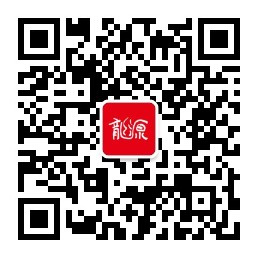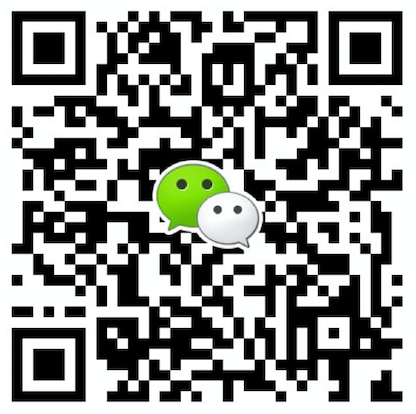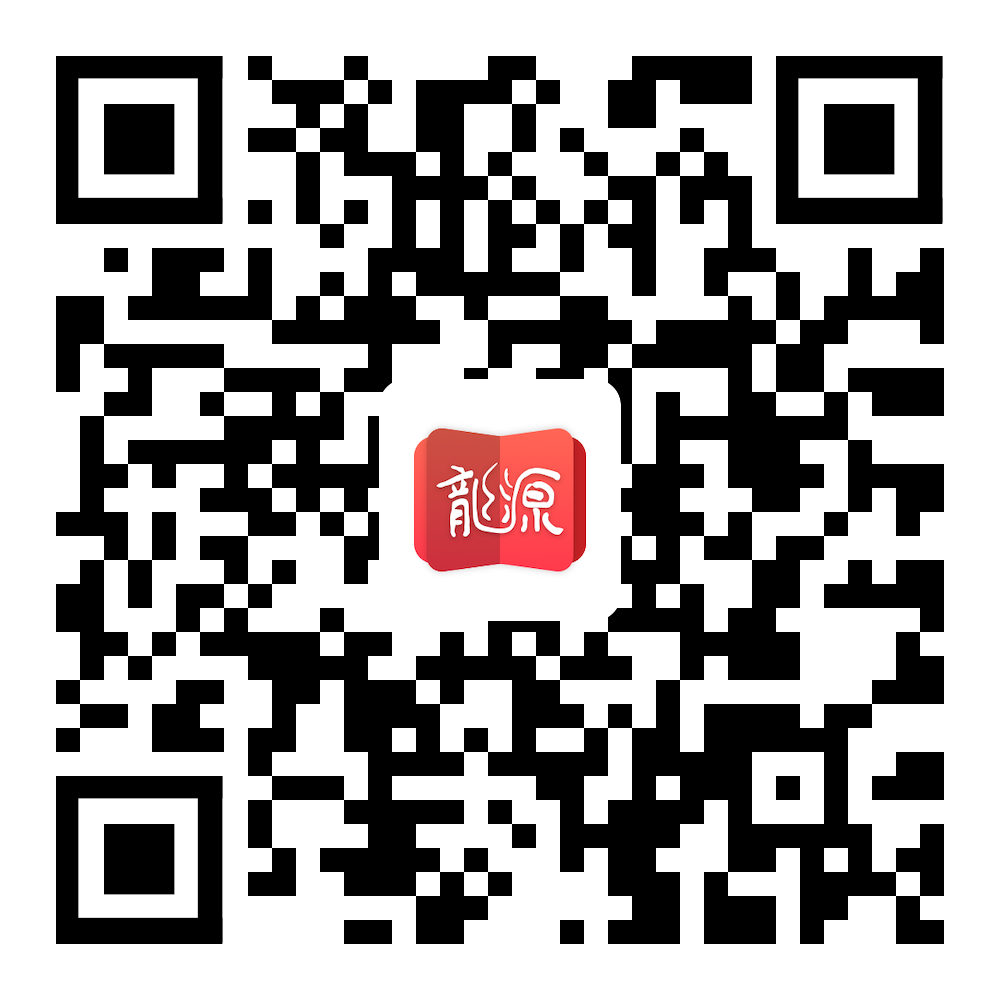- 收藏
- 加入书签
The effects of Textual Enhancement in English Teaching
Abstract:Textual Enhancement is one of input methods,which aims to attract learners’ attention to target forms in teaching process.This paper tend to explore previous study about the effect of text enhancement in English teaching.
Key words:textual enhancement;input enhancement;target forms
1 Textual Enhancement
In consideration of the questions of what kind of learning materials,input,should be given to draw students’ noticing to target form.Sharwood(1991) started to explore the function of input in language teaching,which later turns to Input Enhancement(consciousness-raising).
Because of this definition of Sharwood,input enhancement is to attempt to make specific forms or features for L2 more salient so that can be noticed by learners.Doughty&Williams (1998)promoted that,Textual Enhancement,is one kind of visual input enhancement.It is implicit and unobtrusive methods to attract learners’ attention to target forms contained in written input.Wong(2007) also claimed that manipulating special forms more salient with typographical cues such as bolding,italics and colored to draw learners’ attention in a text was named as Textual Enhancement.
2 Relative study on TE&factors of its effectiveness
2.1 relative study on TE
Based on Input Hypothesis and Noticing Hypothesis promoted by Krashen(1985) and Schmidt(1990)separately,a great deal empirical study have been manipulated to confirm the influence of TE on raising learners’ noticing and the acquisition of target forms.Shook (1994)explored the effect of TE on the acquisition of present perfect and relative pronoun.125 first and second year English-Speaking Spanish participants were required to finish two written production tasks and two recognition task.The result revealed that it was positive effect on intak of target form and significant influence for enhancement.Another research parallels Shook’s conducted by Alanen(1995) who want to examine the effect of TE by empirical researches.Four groups were given same tasks and reading materials but received different treatment in the process of teaching and learning.It is more complex than Shook’s research.But the results suggested that while TE is effective in make learners’ notice the target forms as seen in the think-aloud data.It was failure to help learners use forms.For instance,Leow et al.(2003) found that TE had no effect on noticing and comprehension.Combs also suggested that both of TE and topic familiarity had no effects on target language acquisition.
2.2 factors influenced TE
Measurements were different for mixed research results,such as sentence,collocations,grammar etc.(Dought 1991,Alanen 1995,Izumi 2002).Another factor is learners’ previous knowledge.Third is the length of measurement.The type of TE is most important for researches,such as colored,shaped,bold and so on.The length of text is also a factor.All in all,although TE has been testified positive effects on targets form acquisition,teachers should put it into instruction correctly.
3 Suggestions for TE in foreign language teaching
Firstly,TE should be used in a text which is long and contained complex grammar rules.If infinitive forms like -ing are more than plural form -s,then giving -ing a reasonable enhancement will be better.Modal verb may and must needed to be use in different situation,but -s just means plural form for nouns.So do some treatment for may and must will help learner develop interlanguage.Secondly,choosing the length of text should match learners’ proficiency,for it can draw their attention and foster comprehension.Thirdly,teachers design right tasks to check out the effect of students learning.It is relative with teaching contents and appropriate difficulty.Finally,if use enhanced skill in excess will lead to worse results.For example,today is warm.Three enhanced skills in this sentence will distract students attention.Also enhanced target form should not be too much.
参考文献
[1]Krashen,S.Principles and practice in second language acquisition[M].London:Pergamon,1982.
[2]Schmidt,R.The role of consciousness in second language learning[J].A ppliedLinguistics,1990,11:206–226.
[3]Sharwood,M,& Smith.Input enhancement in instructed SLA [J].Studies in Second Language Acquisition,1993,15(2):165-179.
作者简介
妥代代(1995.05—),女,甘肃张家川人,陕西师范大学,学生,2017级硕士,研究方向:学科教学(英语)。






 京公网安备 11011302003690号
京公网安备 11011302003690号


